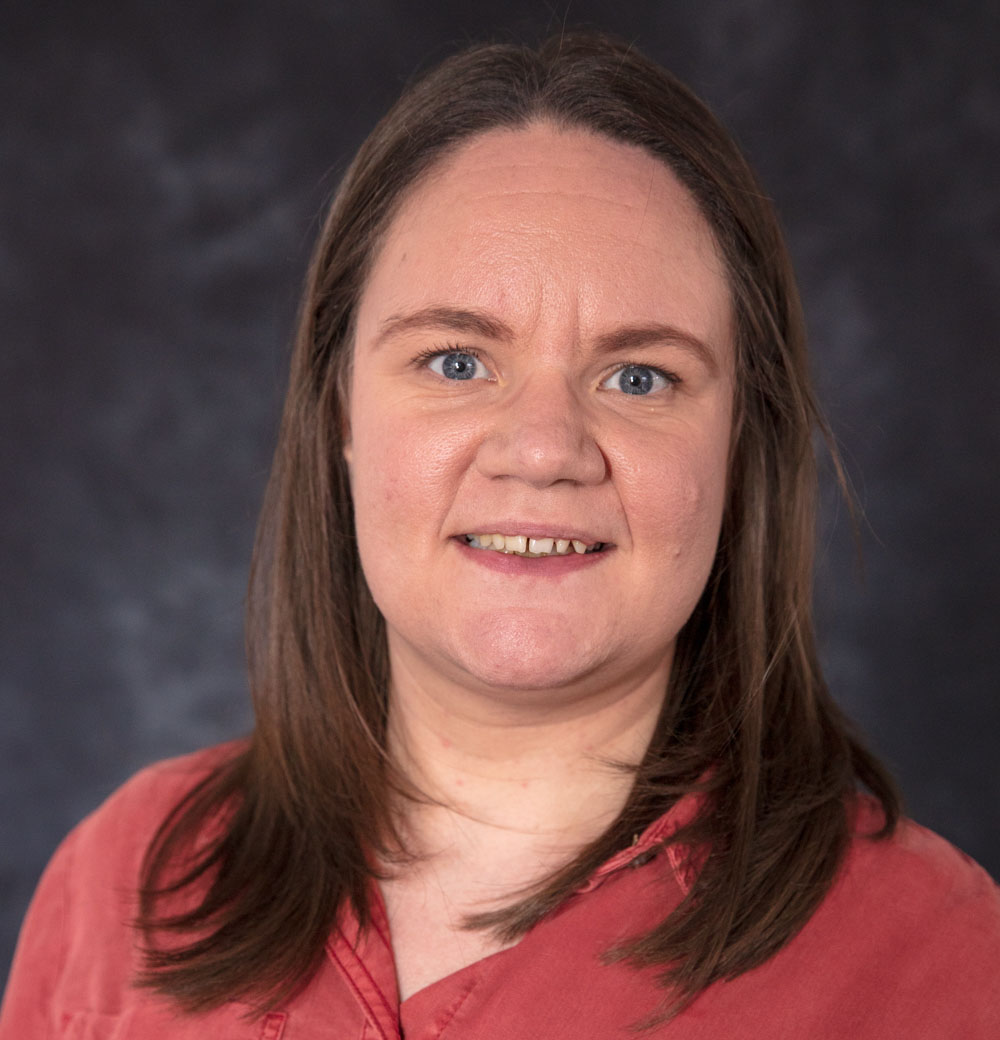
Coordinating Using ICT in the Primary School
Carryduff Primary School, Carryduff
On this page
Carryduff Primary School is a controlled school situated on the outskirts of Belfast. There are 180 children who attend our school.
ICT plays an important role in our school and regular days are set aside for ICT development. Our school has a well-equipped ICT suite. We have 18 desktop computers and 6 laptops.
Children also have access to iPads and each key stage currently has access to 12 iPads for classroom use.

ICT Coordinator: Lyndsey Hyndman
Find out how the UICT Curriculum is approached and planned for in Carryduff Primary School:
Planning
As an ICT coordinator I try not to fall into the ‘using ICT for ICT sake’ trap. I evaluate how the addition of ICT apps, software or hardware, may benefit learning and I encourage member of staff to do the same (SAMR Model). In our school, we aim to cover one or two types of ICT per year as a whole-school focus in order to give teachers the time to consolidate the skills they have learned. This ensures that the ICT is fully embedded into the curriculum as opposed to stand alone lessons. We try to cover all of the types of ICT over the course of a Key Stage. Teachers look at their own planning and look at where they could introduce the whole-school and they also record any other ICT that they would like to cover that matches with their planned topics. Teachers choose CCEA tasks that their children will complete. Teachers complete yearly UICT overview and 6 weekly plans for ICT.
Monitoring
There is a supportive ethos in our school when it comes to monitoring. We recognise that all staff have varying degrees of expertise and therefore supporting the members of staff who need it, is important to us. We have regular ‘Learning Walks’ where we visit each other’s classrooms and teachers showcase the work they have been doing around our current whole-school ICT focus. This gives staff and me as ICT Co-ordinator, the opportunity to ensure progression is being made. If we feel progression isn’t being made, we can discuss how the activity might be adapted. We have found this ‘in the moment’ feedback the most useful as people feel less intimidated and therefore are open to suggestions as to how to improve.
Standards
While the Learning Walk is underway, it is usually a good time to carry out informal standardisation. We look at pieces of work alongside the requirements and the Desirable Features progression statements. We also have an opportunity to talk about the background information and interventions while doing this. This ensures teachers don’t have another paper task to complete! As a staff we then decide whether each piece of work meets the expected level. I keep a record of the Internal Standardisation discussion and outcome and the piece of work is attached. We have found this approach to be extremely helpful in recent terms as we have had quite an influx of new staff who are not familiar with levelling.

